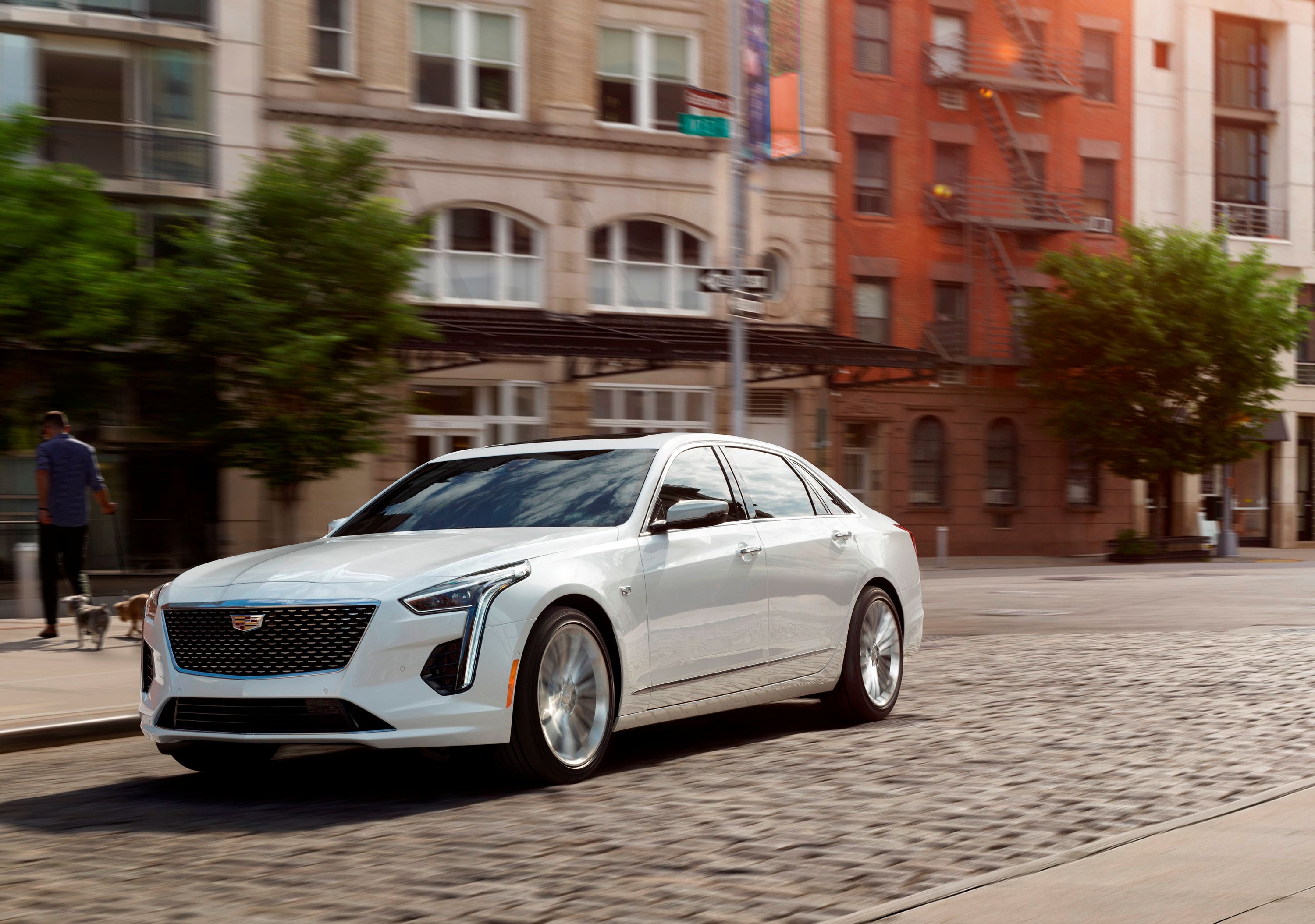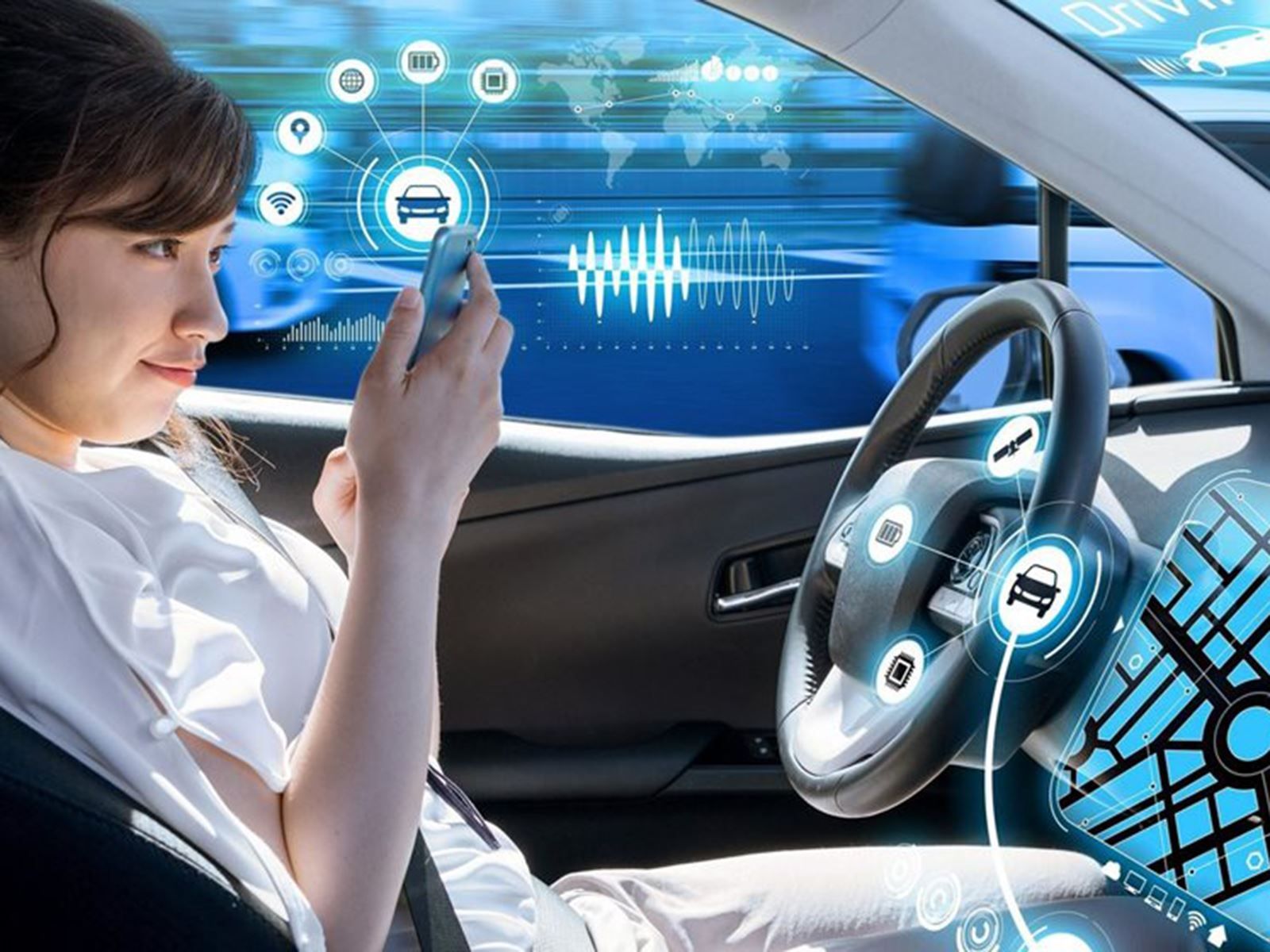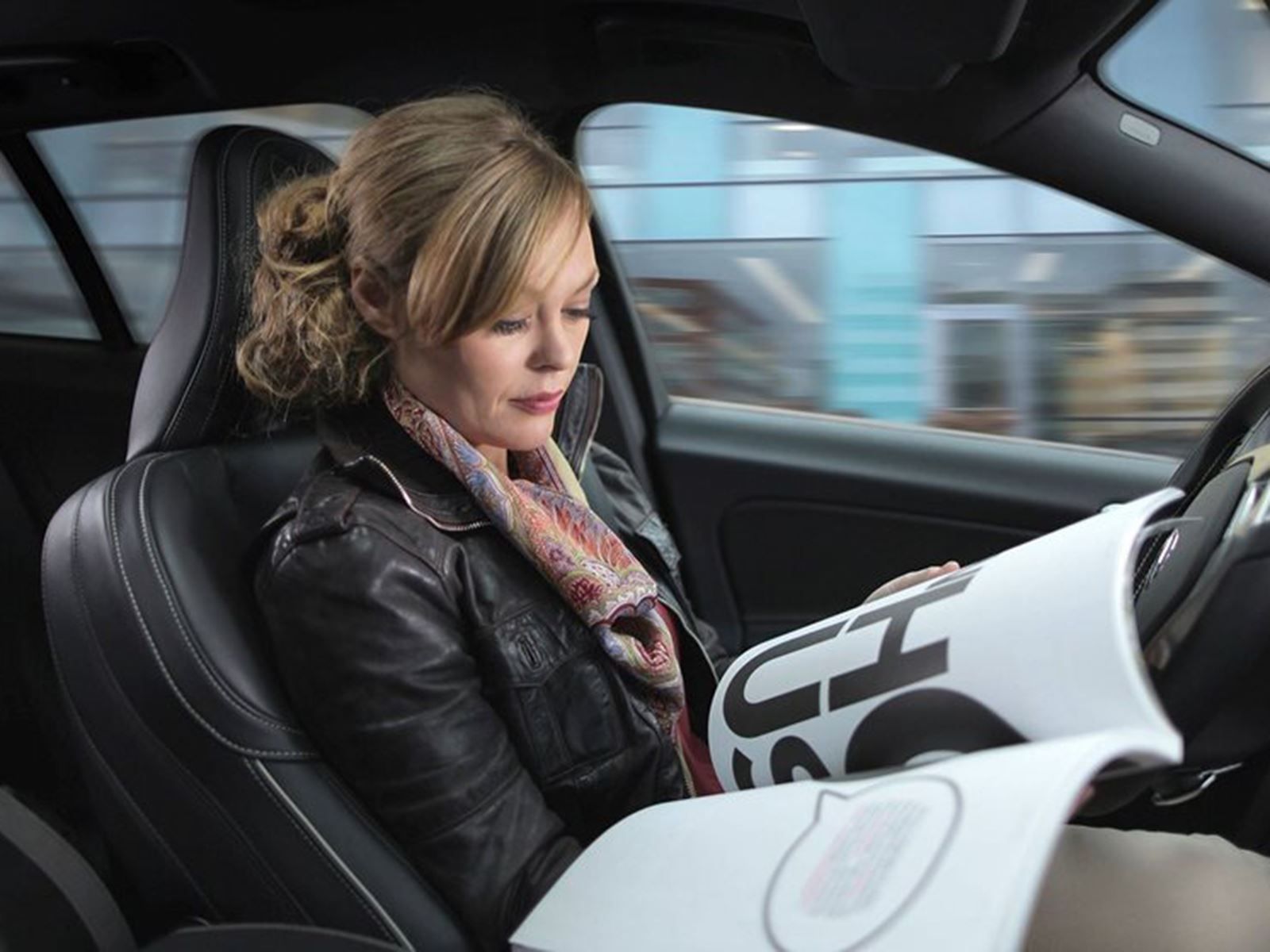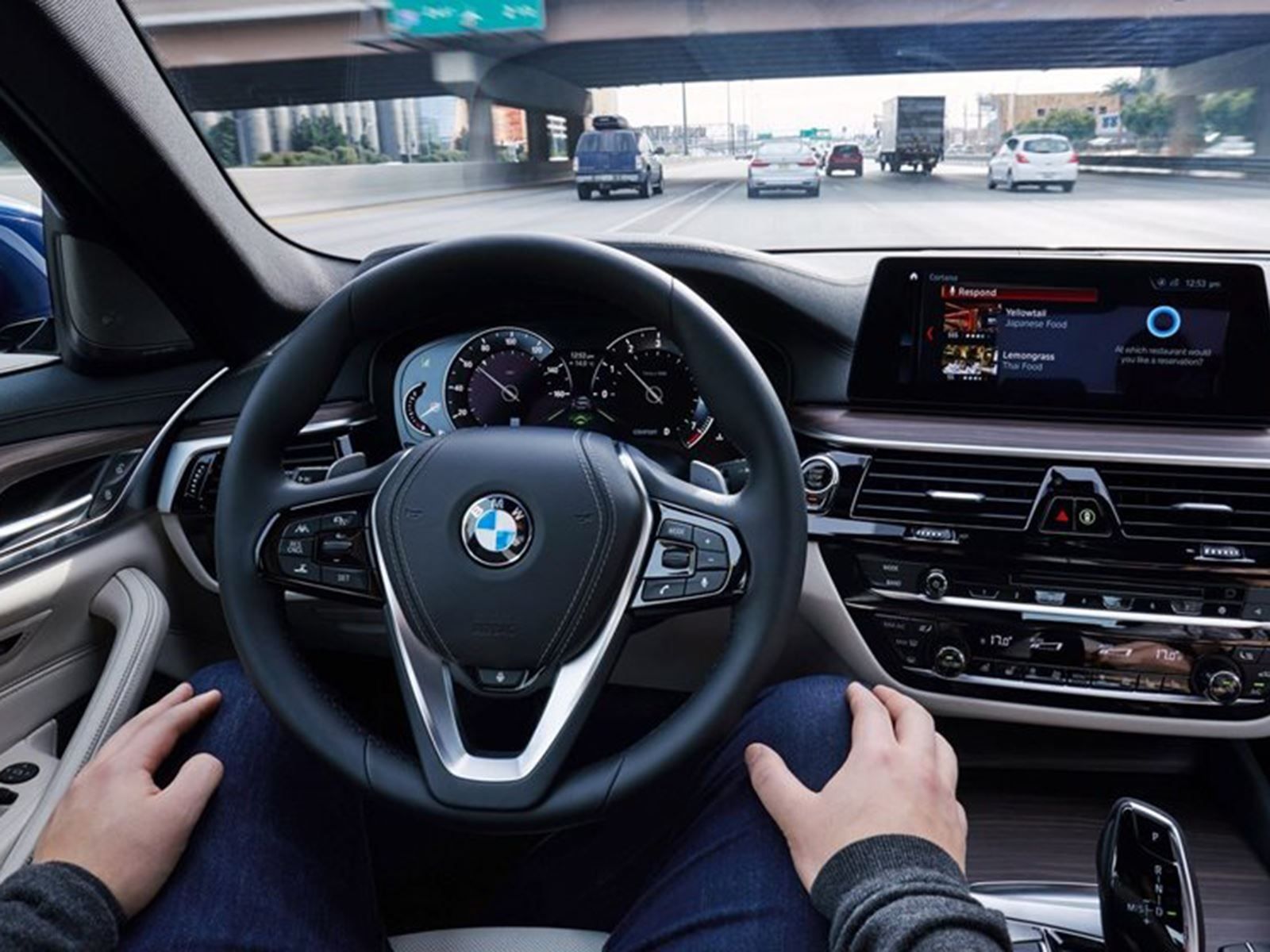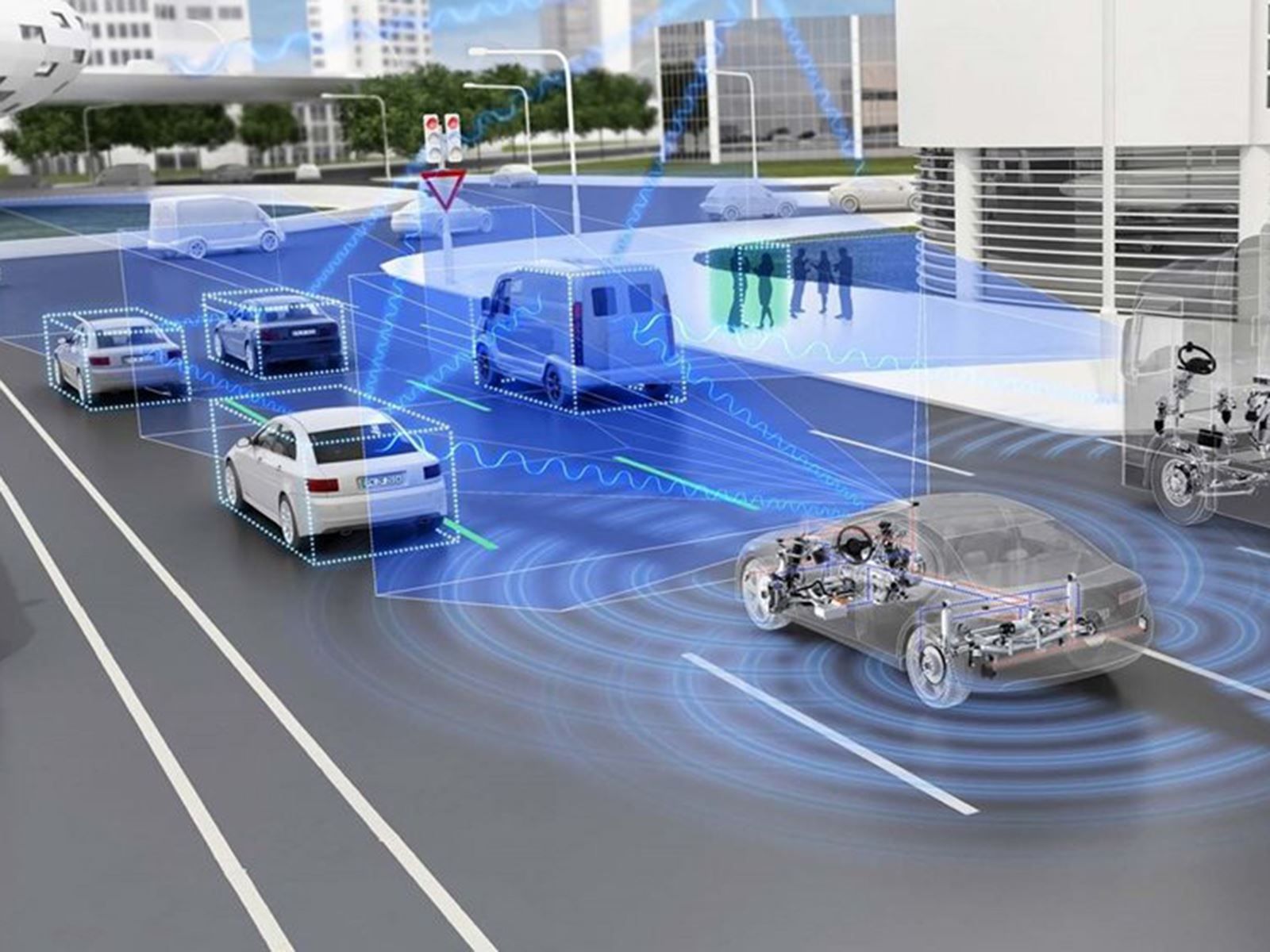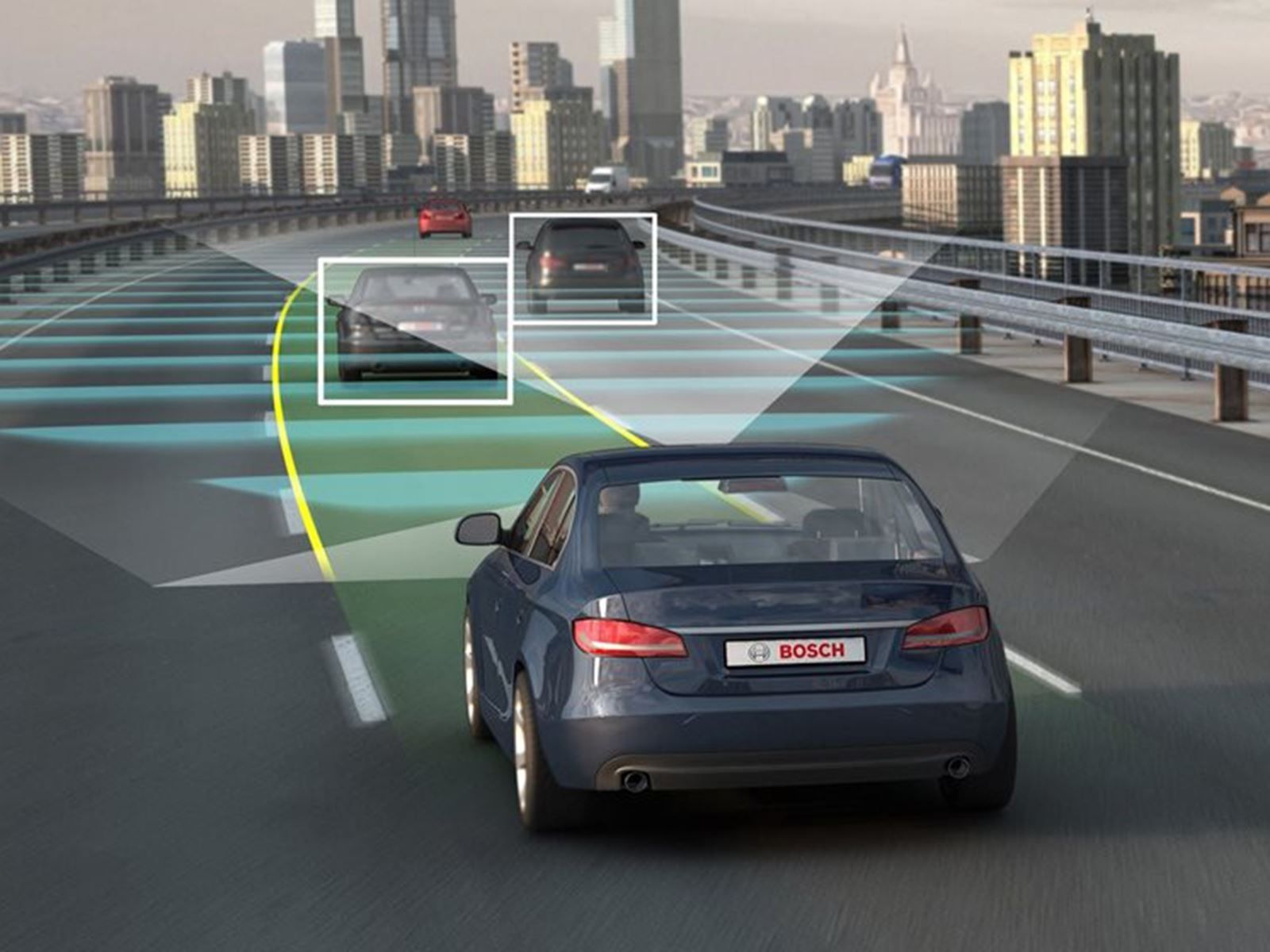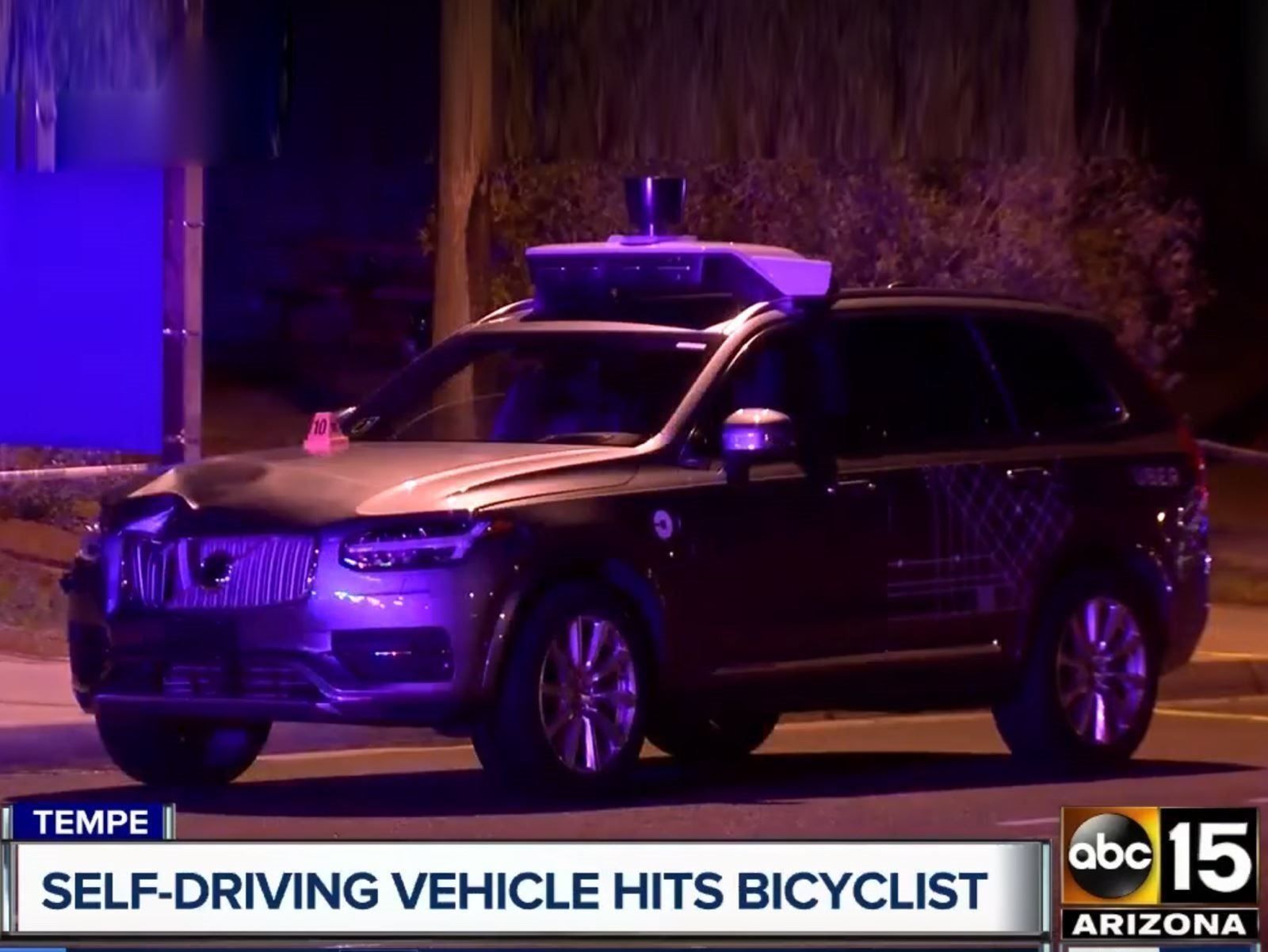Every time a self-driving car has an accident, the question arrises of how regulators will need to adapt in order to match an autonomous future. If an autonomous car kills someone, who is at fault? The fully self-driving car still isn't ready for the general public, but every time we hear an automaker talk about the potential of autonomous vehicles, it tends to be illustrated with images of passengers reading in the back seat or even catching up on sleep. Unfortunately, these images may not end up becoming a reality.
Auto Express reports about new potential laws (in the United Kingdom), which could prohibit the drivers of autonomous cars from watching TV, reading, or generally being distracted while the car is in control. A study by the Autonomous Vehicle Consortium Venturer showed drivers needed a lag time of about two seconds before taking over behind the wheel. Based on this lag time, a car traveling at 50 mph would move about 150 feet with neither the car nor the driver being in control. As we have experienced in semi-autonomous cars such as the Volvo XC60, the driver still needs to be alert in case the system deactivates while on the move.
Professor Sarah Sharples, Associate Faculty Pro-Vice-Chancellor for Research and Knowledge Exchange and Professor of Human Factors at the University of Nottingham, provided advice for the study, and said "It is therefore important to understand the implications of increased autonomy on the capability of humans to maintain vigilance and attention in order to be able to respond to an emergency situation." Unfortunately, this kind of defeats the whole purpose of having a self-driving car, that is, enabling the owner to focus on other tasks while the car drives. Insurance companies and law makers have a long way to go before deciding on who takes the blame for an autonomous car crash.

